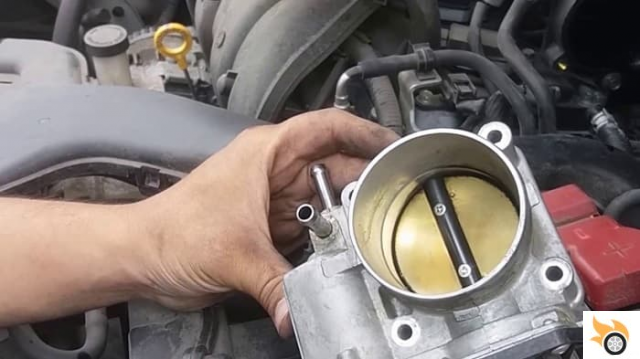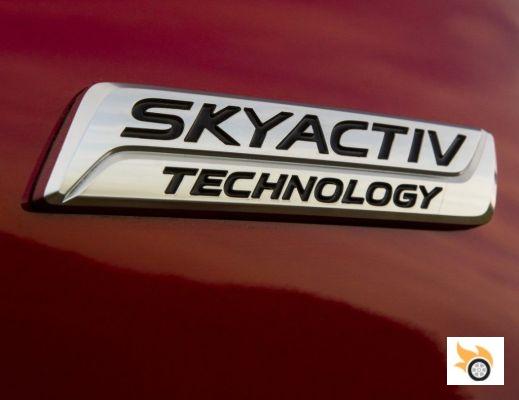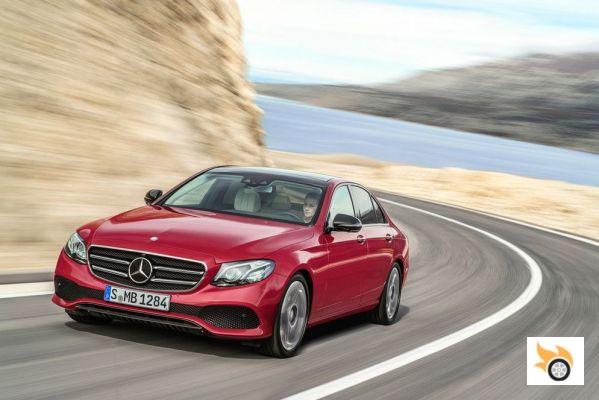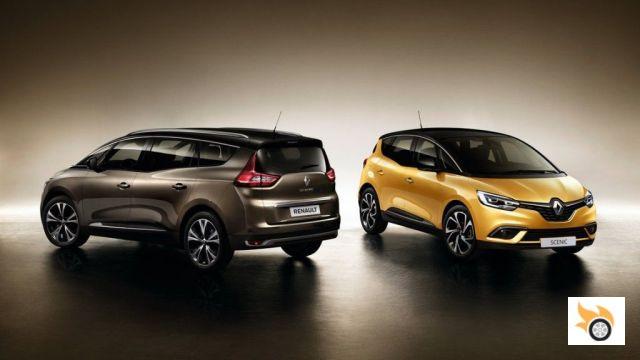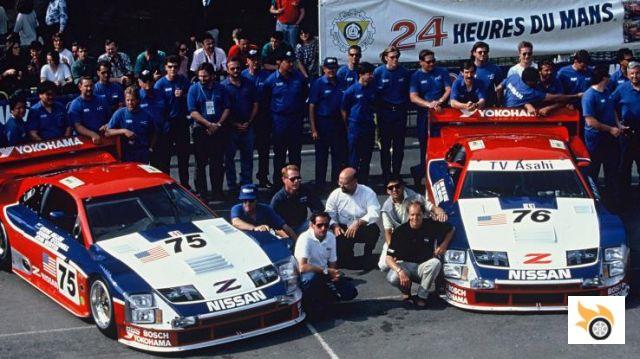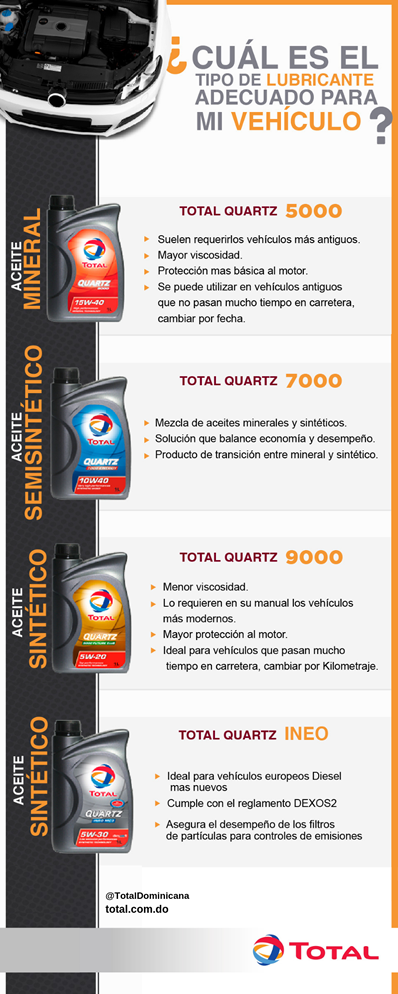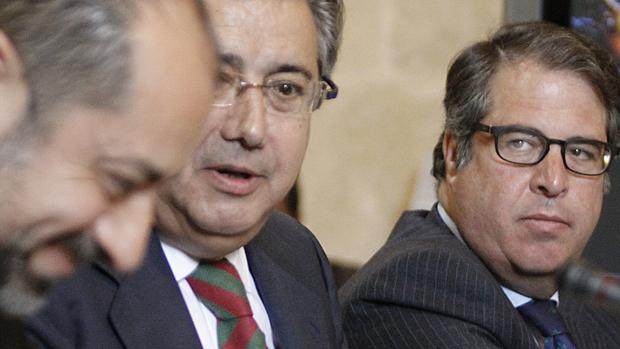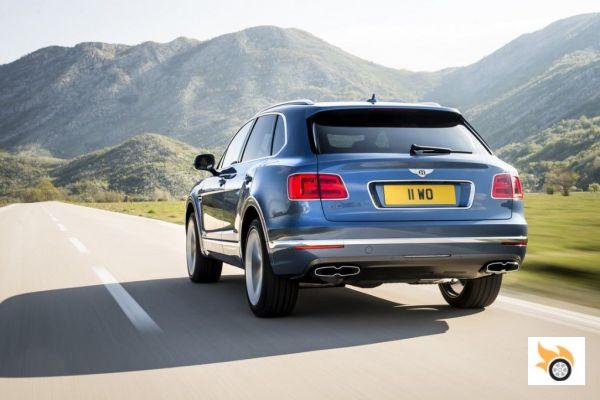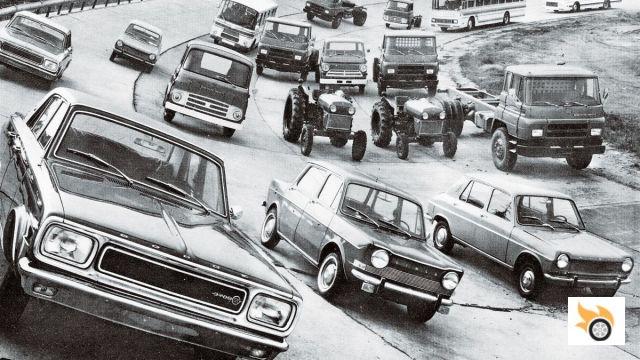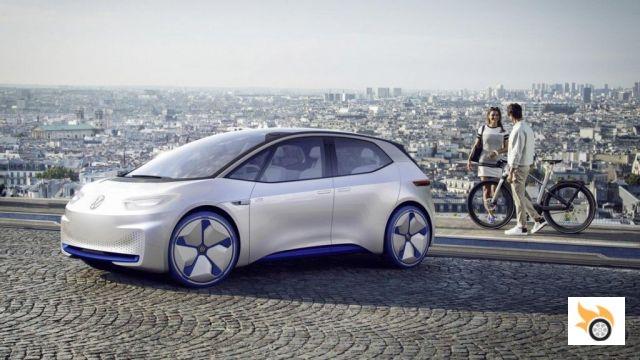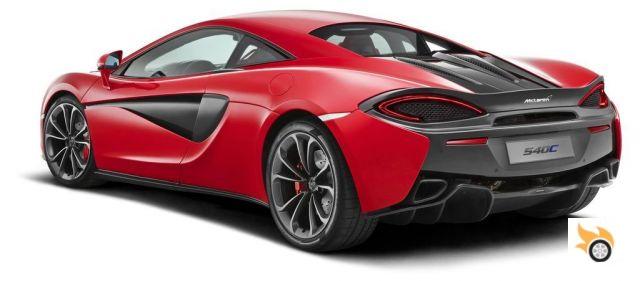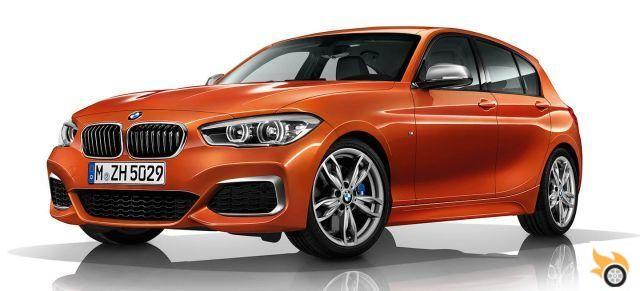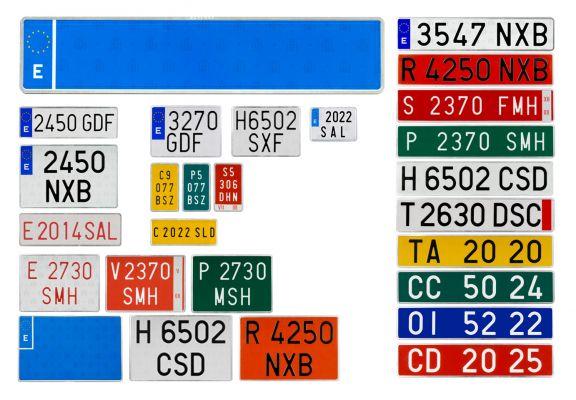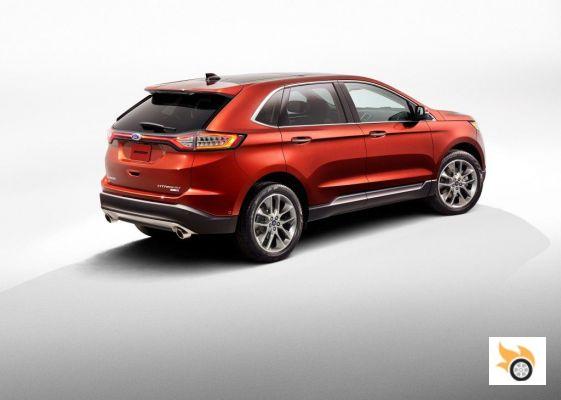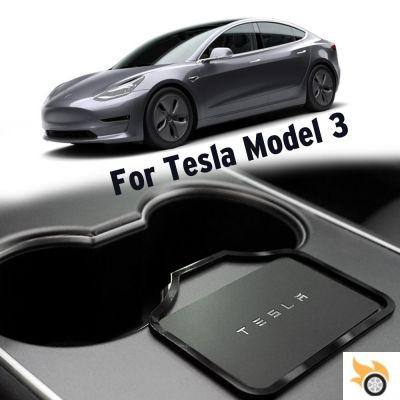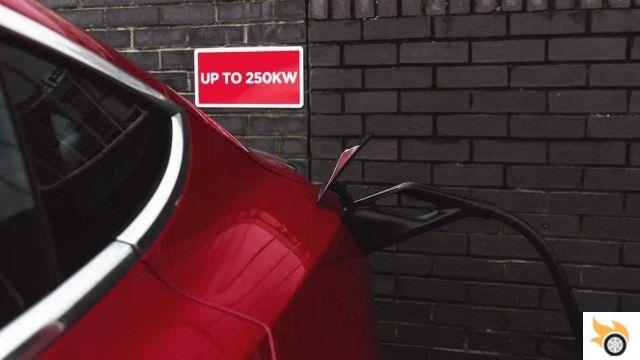
When it comes to recharging, it is known that a distinction must always be made between the theoretical speed at which a car can receive energy and the time it actually takes to fill up with electrons. There are many variables at play. The external temperature, for example, and then the charging curve, which as we know is not constant as the percentage of "filling" of the battery varies.
State of Charge tested a Tesla Supercharger V3 with a 3 Model 2019 Long Range last year. The car went from 2% to 80% in 28 minutes. Now the experiment is being repeated with a brand new Model 3, always Long Range. The reason? See how Tesla-released software updates have affected your charging speed.
From 0 to 100 in 63 minutes
The data was collected a few days ago at the Supercharger station in Springfield, New Jersey. The outside temperature was 32 degrees, therefore quite high and excellent to allow the battery to recharge more quickly. The car showed up at the column with 0% charge (a practice, we should remember, which is best avoided). Here's how the progression went:
- 10% in 4 minutes
- 20% in 6 minutes
- 30% in 9 minutes
- 40% in 13 minutes
- 50% in 16 minutes
- 60% in 21 minutes
- 70% in 26 minutes
- 80% in 32 minutes
- 90% in 42 minutes
- 100% in 63 minutes
But it is also interesting to understand how long it was necessary to remain attached to the Supercharger to store enough energy to travel 100 miles (160 km) and 200 miles (320 km). Well, in 10 minutes the Model 3 brought the charge to 32%, storing 24 kWh of energy. Exactly what it takes to travel 100 miles. In 23 minutes it reached 65%, which is equivalent to 200 miles.

Comparison with Superchargers V2
On closer inspection, if you have to stop for 320 minutes every 20 km, the journey becomes really comfortable. But this happens with the V3s, which reach 250 kW of power. With a V2, which does not go beyond 150 kW, times would lengthen. Especially in the phase of greatest speed, between 0 and about 30% of the battery.
Above that threshold, the difference between the two columns would be zero (or almost) due to the fact that the charging curve decreases as the battery's state of charge increases. An example? During the test it took 32 minutes to go from 0% to 80% and 31 minutes to go from 80% to 100%.
Minor changes
Looking at the data, it also turns out that - curiously - the 3 Model 2021 charges less quickly than the Model 3 in 2020. Analyzing the graph, it can be seen that last year the car reached 250 kW of power as early as 5 % charge, while in 2021 waited up to 9%. Furthermore, from then on, last year it maintained a constant speed up to 23% while this year it has already started to slow down from 17%.

However, the new Model 3 performs better in the second part of the recharge and takes the same time as the 2020 one does to get to 60%. And from then on there were no other significant differences.
About Tesla




